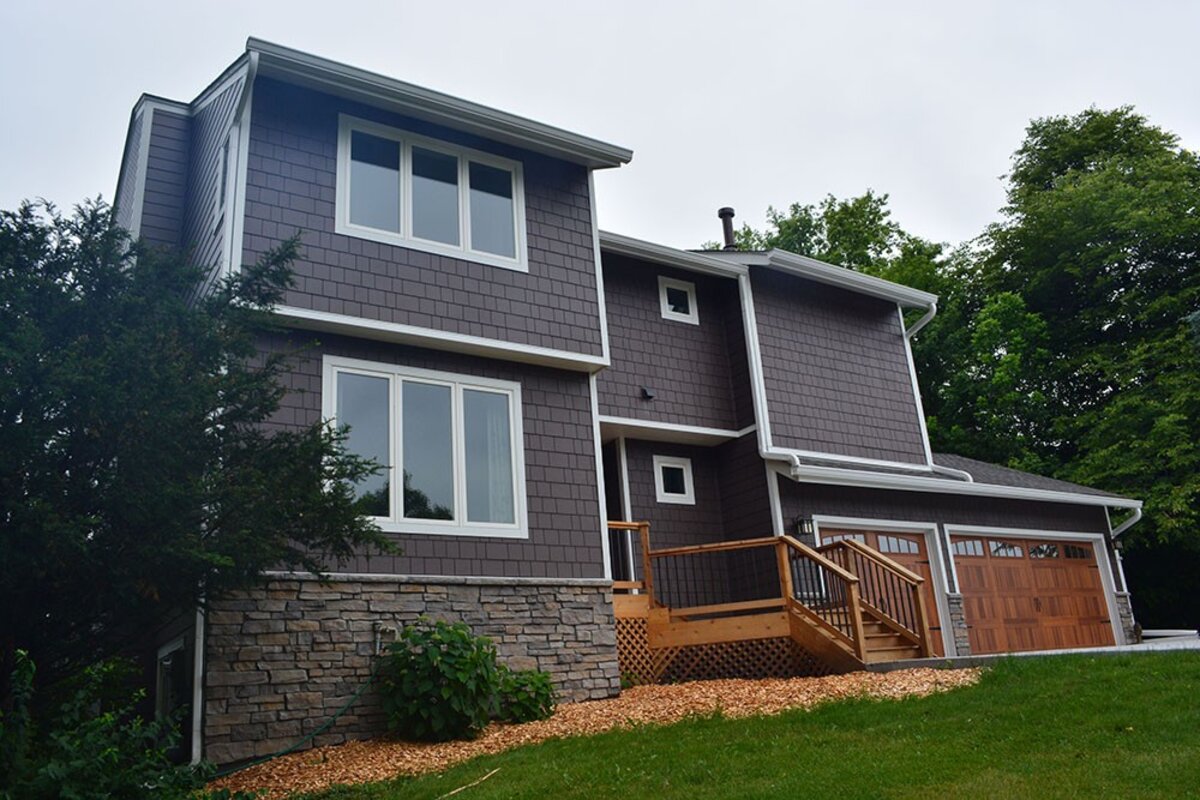If you’ve just moved into a new home or have been living in your current one for a few years, you might have already started to notice some wear and tear. Among the myriad of home maintenance concerns, windows might not immediately come to mind. However, the quality and condition of your windows can significantly affect your home’s energy efficiency, comfort, and overall value. When it comes to builder-grade windows, the need for replacement can arise sooner than you might expect.
The Hidden Cost of Builder-Grade Windows
Many new homeowners focus on the visual appeal of cabinets, countertops, and flooring, often overlooking the windows as long as they’re functional. However, most builders install the least expensive windows they can find to keep construction costs down. These builder-grade windows might look fine initially, but they are usually not built to last.
Why Builder-Grade Windows Fall Short
Builder-grade windows often use cheaper materials and less rigorous construction methods. This cost-saving approach results in windows that might lack proper insulation, durability, and weather resistance. Over time, these windows can develop problems such as drafts, condensation, and difficulty in opening and closing. These issues not only affect the comfort of your home but also lead to higher energy bills and potentially costly repairs.
When Should You Inspect Your Builder-Grade Windows?
It’s advisable to start inspecting your builder-grade windows around the 10-year mark. This early inspection can help you identify any signs of wear and tear before they become major issues. Look for the following indicators:
- Difficulty in Operation: If your windows are hard to open or close, it might be a sign of warped frames or other structural issues.
- Condensation: Persistent condensation between the panes indicates seal failure, which compromises the insulating properties of the window.
- Drafts: Feel around the edges of your windows for any drafts. Poor insulation can lead to uncomfortable indoor temperatures and higher energy costs.
- Visible Damage: Cracks, chips, or any other visible damage to the window panes or frames should be addressed promptly.
The 15-Year Benchmark: Time for Replacement
By the time your builder-grade windows reach 15 years of age, it’s generally a good idea to consider replacement. At this point, the windows are likely past their prime, and their performance will have significantly diminished. Replacing them can improve your home’s energy efficiency, enhance comfort, and increase property value.
Benefits of Upgrading Your Windows
Investing in new, high-quality windows offers several benefits:
- Energy Efficiency: Modern windows come with advanced insulating technologies that can reduce your heating and cooling costs.
- Improved Comfort: Better insulation means a more consistent indoor temperature, reducing the strain on your HVAC system.
- Enhanced Aesthetics: New windows can modernize the look of your home, boosting its curb appeal.
- Increased Home Value: Upgraded windows are an attractive feature for potential buyers, offering a good return on investment.
Choosing the Right Replacement Windows
When it’s time to replace your builder-grade windows, consider the following factors to ensure you select the best options for your home:
- Material: Vinyl, wood, fiberglass, and aluminum are common window materials. Each has its advantages and disadvantages in terms of durability, maintenance, and appearance.
- Glass Options: Look for double or triple-pane windows with low-E (low emissivity) coatings to maximize energy efficiency.
- Installation: Professional installation is crucial for ensuring that your new windows perform optimally. Improper installation can lead to gaps, leaks, and other issues.
Conclusion: Don’t Overlook Your Windows
While builder-grade windows might suffice initially, their limitations become apparent over time. Regular inspections and timely replacements are essential to maintaining the comfort, efficiency, and value of your home. By addressing your windows within the 10 to 15-year timeframe, you can avoid potential problems and enjoy the numerous benefits that come with high-quality, well-installed windows.
If you have any questions or need professional advice on window replacements, feel free to contact us for more information.



















